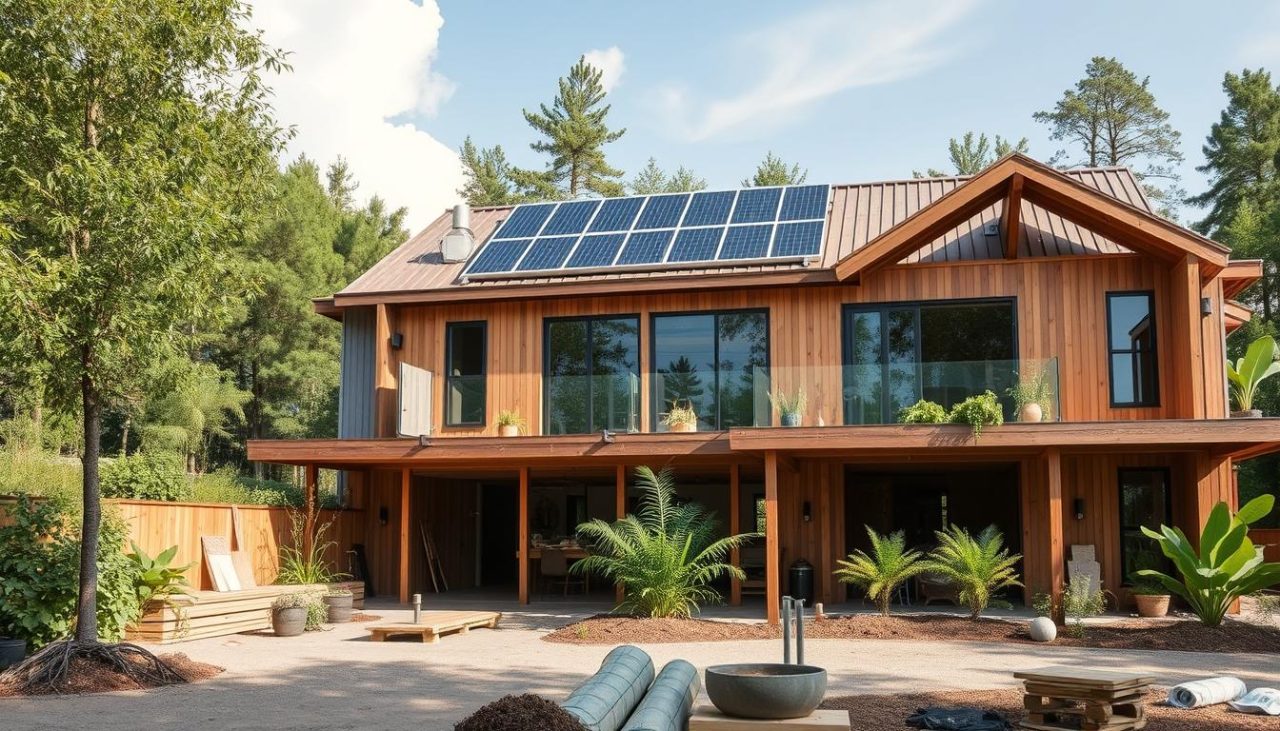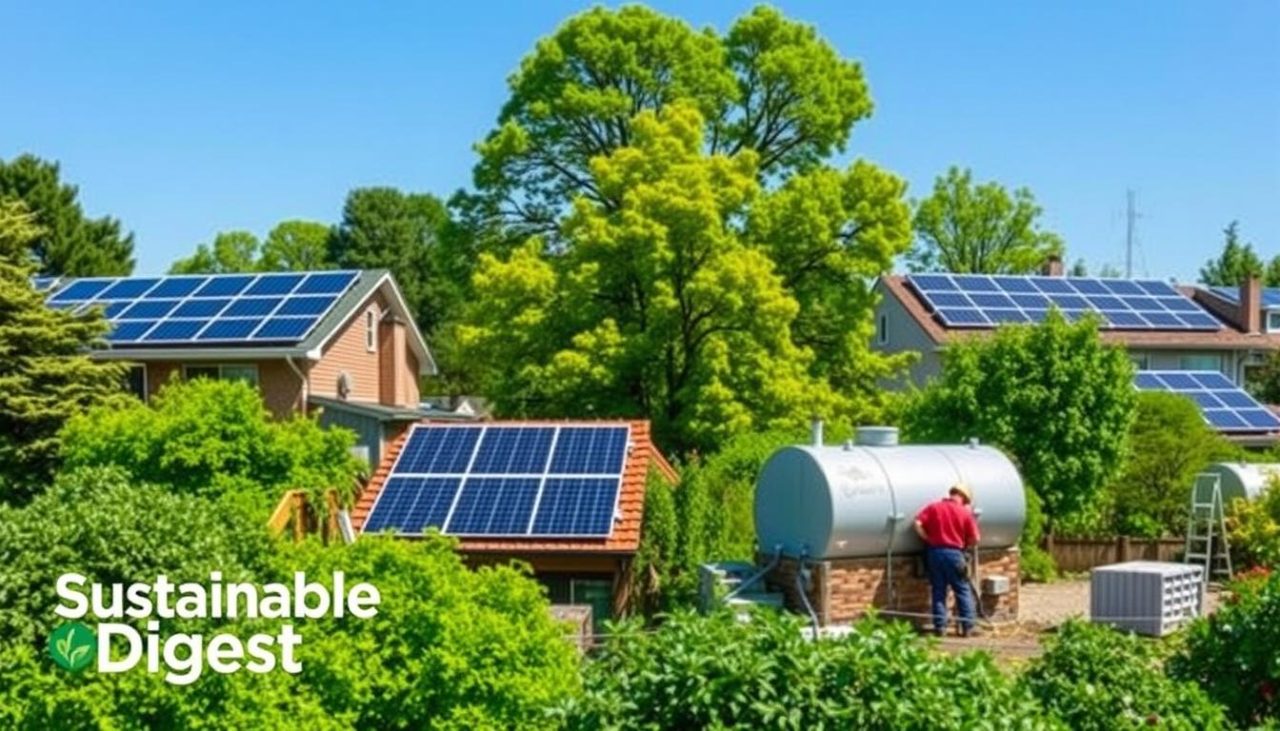
The global textile and fashion industry is changing its ways. It now focuses on sustainable development. This means using eco-friendly fabrics and ethical fashion.
Brands are working hard to reduce harm to the environment. They want to meet the growing demand for products that are good for the planet.
The circular economy is key to this change. It aims to cut waste by recycling and reusing materials. Sustainable textiles like organic cotton and recycled polyester are becoming more common.
This shift helps the fashion industry meet its goals. It aims to be stylish while also protecting the planet and ensuring fair treatment of workers.

The Evolution of Sustainable Textiles and Eco-Friendly Fabrics
Textiles have changed a lot over time. From ancient handwoven cloths to today’s advanced materials, we’ve seen big changes. Early uses of natural dyes and hand-spun fibers set the stage for today’s sustainable textile production methods.
These early methods used local resources and caused less harm to the environment. This was long before we all started caring about sustainability.
Historical Overview of Textile Innovations
Long ago, people made fabrics from plants, animals, and renewable resources. They used indigo dye in India and silk in China. These were early examples of environmentally conscious textiles.
But, the Industrial Revolution changed everything. It focused on making lots of fabric quickly, often ignoring the environment. This move away from green fashion initiatives lasted for many years.
Modern Shifts Towards Eco-Friendly Materials
Now, brands like Patagonia and Stella McCartney are leading the way. They use organic cotton and recycled polyester. They’re also working on textile recycling solutions to turn plastic into yarn.
These brands are committed to global sustainable practices in the textile industry for social impact. They want to make sure workers are treated fairly and the environment is protected.
“The future of fashion lies in materials that heal the planet, not harm it.”
New biodegradable fabrics and closed-loop systems show we’re moving in the right direction. This matches what more and more people want from fashion. They want clothes that are made responsibly and don’t harm the planet.
As technology gets better, the fashion world keeps finding new ways to be green. It’s all about mixing old traditions with new ideas to make fashion better for our planet.
Innovative Fabric Technology Driving Sustainable Fashion

Breakthroughs in technology are changing sustainable fashion with innovative fabric technology. New materials like recycled polyester and plant-based textiles show sustainable textile innovation. They help reduce the need for materials that use a lot of resources.
These sustainable clothing materials let eco-friendly fashion brands lower waste while keeping quality high.
| Material | Source | Impact |
|---|---|---|
| Recycled Polyester | Post-consumer plastic | Cuts landfill waste by 25% annually |
| Piñatex | Pineapple leaf fibers | Biodegradable and chemical-free |
| Mycelium Leather | Mushroom roots | Requires 90% less water than leather |
| Tencel | Wood pulp | Uses 55% less water than cotton |

Brands like Patagonia and Stella McCartney are using these new materials. They show that sustainable textile sourcing strategies can be stylish and ethical. Fabric sustainability is possible with closed-loop systems, where materials can be reused forever.
As people want eco-conscious fashion, these technologies help the industry meet green goals. They do this without losing style.
Ethical Fashion & Circular Economy Implications
Brands are moving towards a circular economy. They focus on ethical fashion practices and sustainable supply chain management to lessen environmental damage. They aim to keep materials in use, aiming to cut waste and meet ethical fashion standards.
Circular Fashion Principles in Practice
Brands like Patagonia and Levi’s are leading the way. They offer repair and recycling programs to make clothes last longer. Fair trade fashion brands like People Tree use organic cotton and work with artisans. This supports ethical sourcing and uses green textile technology to keep materials in use.
“Circular fashion isn’t optional—it’s essential for long-term viability,” states a 2023 UN report on sustainable textiles.
- Patagonia’s Worn Wear program encourages fixing and selling used clothes.
- Levi’s WaterLess technology cuts dyeing waste by 96%.
Sustainable Waste Management Strategies
Reducing waste is key to environmentally friendly fashion production. Reformation turns fabric scraps into accessories. H&M’s garment collection points help divert 30,000+ tons of textiles each year. They also partner with recyclers to make new fabrics from old clothes.
Innovations like biodegradable dyes and closed-loop systems help too. These steps move the industry towards sustainable supply chain management.
Global Sustainable Practices in the Textile Industry for Social Impact
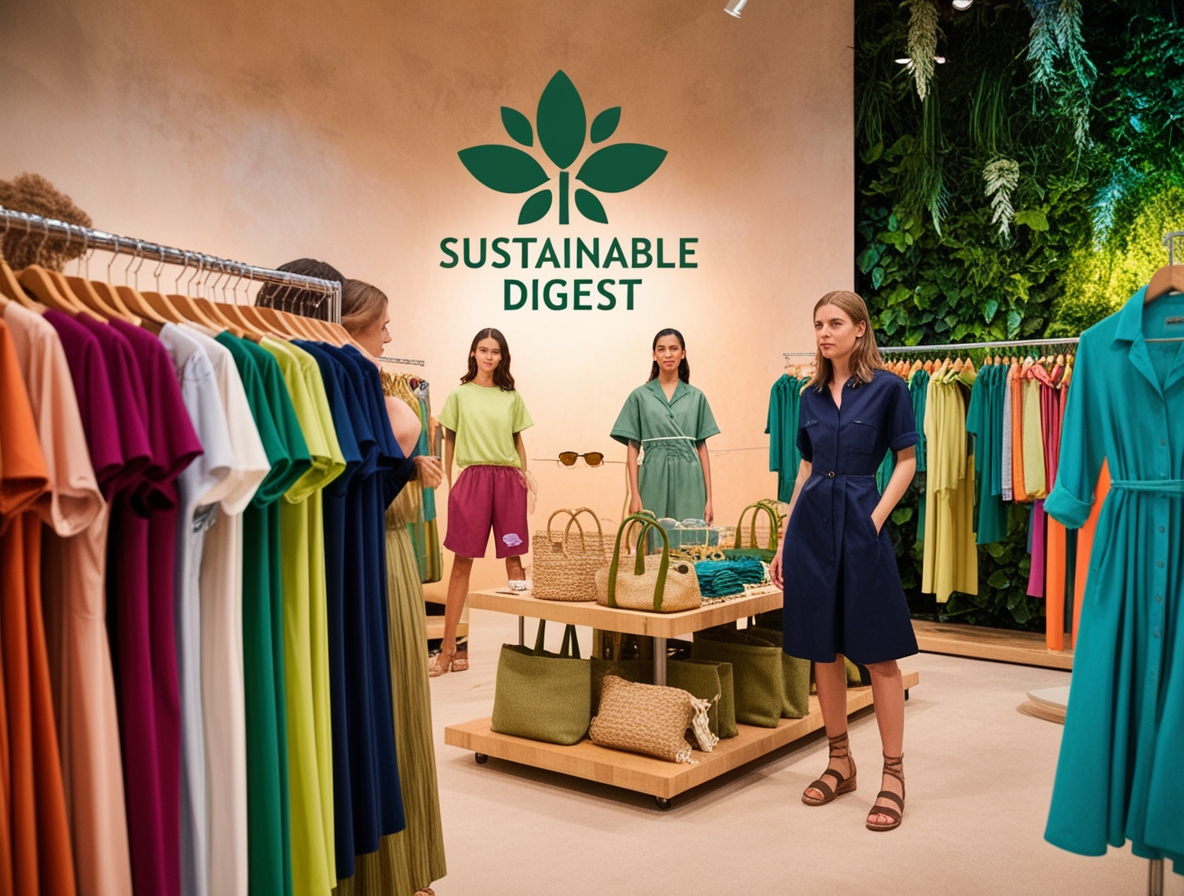
Policy reforms and local partnerships are changing the textile sector. Governments and grassroots movements focus on eco-friendly clothing and ethical fashion. They work together to reduce environmental harm and promote social equity.
Policy Developments and Regulatory Insights
New policies demand transparency and accountability in supply chains. The EU’s EUTR forces companies to track raw materials, cutting down on illegal responsible sourcing in fashion. In the U.S., the 2022 Fashion Act 2022 requires brands to reveal material origins. India’s SVANITI program helps small producers, supporting ethical fashion choices.
| Region | Policy | Impact |
|---|---|---|
| EU | EUTR | Combat illegal timber/mineral sourcing |
| USA | Fashion Act 2022 | Mandates supply chain transparency |
| Global | UN Fashion Charter | Aligns brands with climate goals |
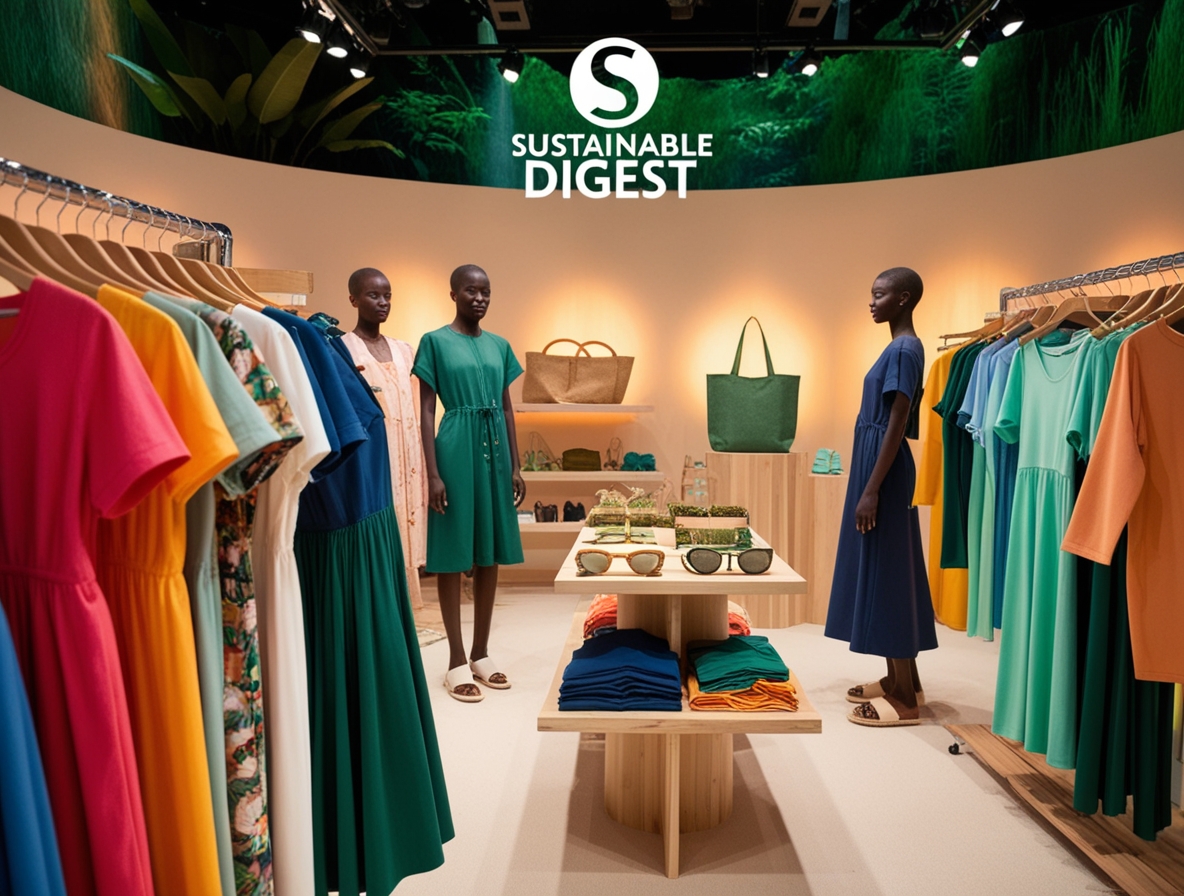
Community and Industry Initiatives
Local efforts empower marginalized communities. Brands like Patagonia work with artisans to save traditional crafts and reduce waste. NGOs like Fashion Revolution push for sustainable fashion trends by teaching consumers.
A 2023 report by the Ellen MacArthur Foundation says:
“Circular systems could cut textile waste by 45% by 2030.”
- Patagonia’s Worn Wear program recycles 80% of returned garments
- UN’s Alliance for Fashion Innovation funds eco-friendly dyeing tech
These sustainable fashion initiatives are changing the future of fashion. As ethical fashion manufacturing grows, brands meet global goals. This shows that being profitable and sustainable is possible together.
Textiles, fabrics, & fashion sectors for advancement in Sustainable Development
Consumer behavior in sustainable fashion is changing the game. People now look for brands that care about the planet. This demand for eco-friendly and ethical products is pushing for big changes.
The damage from fast fashion is huge. Ellen MacArthur Foundation says 92 million tons of textile waste go to landfills every year. But, brands like Patagonia and Reformation are showing it’s possible to be both green and profitable.
- 67% of consumers seek transparency in brand practices (McKinsey, 2023)
- 43% prioritize recycled materials over new synthetics
| Aspect | Traditional Approach | Sustainable Approach |
|---|---|---|
| Supplier Partnerships | Low-cost, non-transparent | Connecting fashion brands with sustainable textile suppliers |
| Material Choices | Virgin plastics, synthetic dyes | Eco-friendly fabric suppliers, organic cotton |

Brands need to work with ethical suppliers to cut down on waste. Companies like H&M and Adidas are leading the way with their sustainable lines. It’s all about finding a balance where making money doesn’t harm the planet.
Eco-Friendly Fabrics: Material Sourcing and Sustainable Production Methods

Modern sustainable fashion focuses on eco-conscious material sourcing and sustainable fashion supply chain practices. Brands are changing how they make clothes to reduce harm to the environment. They work with green textile manufacturers who share their values.
“Sustainability isn’t a trend—it’s a responsibility.” – Patagonia’s 2023 Sustainability Report
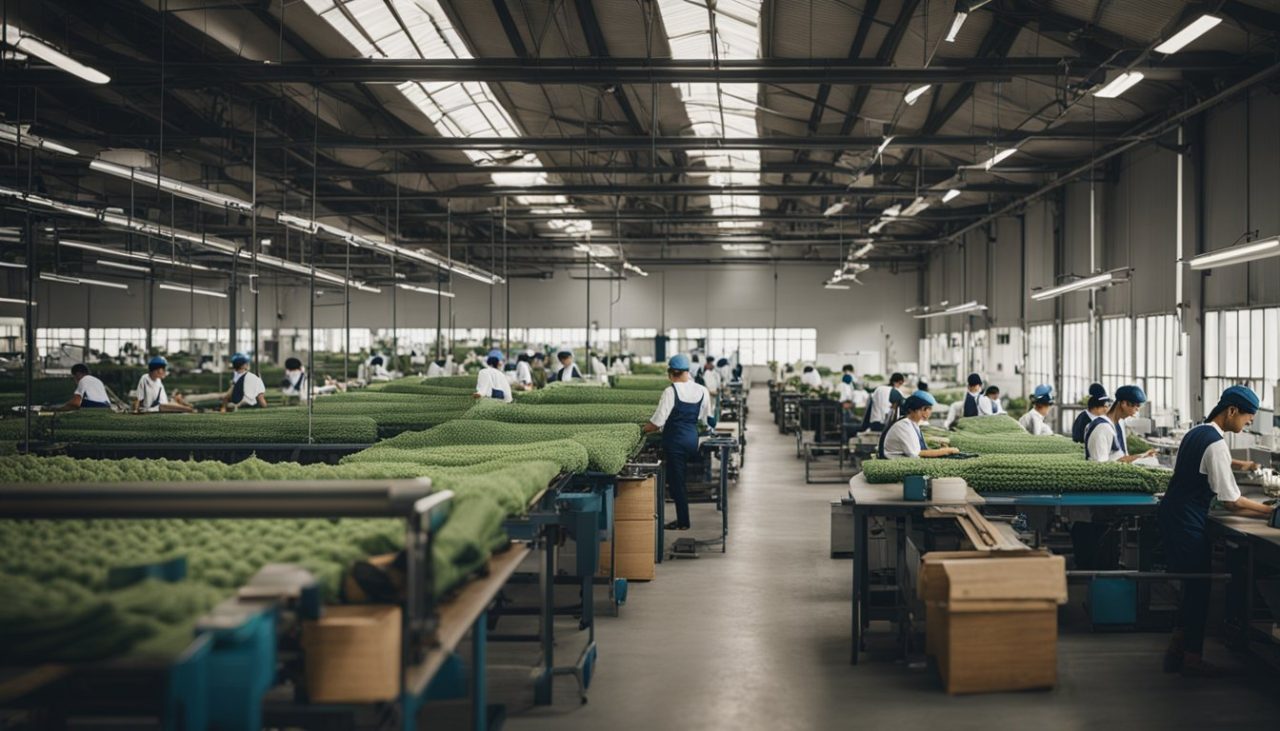
Innovative Sourcing Strategies
Ethical fashion brand partnerships lead to better eco-conscious material sourcing. Big names like Levi’s and H&M’s Conscious Collection work with suppliers who care about the planet. A 2023 report shows three main ways to do this:
- Turning old plastics into fabric
- Using organic cotton that’s fair to farmers
- Working with green textile manufacturers who use solar power
Sustainable Production Techniques
| Technique | Benefits | Examples |
|---|---|---|
| Waterless dyeing | Reduces water use by 90% | Levi’s Water |
| Organic cotton farming | Eliminates toxic pesticides | Cotton Inc.’s organic certification programs |
| Recycled polyester | Reduces plastic waste | Adidas’ use of Parley Ocean Plastic® |

It’s important for consumers to know about eco-friendly textiles awareness. Brands like Eileen Fisher teach people about sustainable fashion supply chain through workshops. This education helps buyers make choices that are good for the planet.
Ethical Fashion and Responsible Supply Chain Management

Responsible supply chains are key to ethical fashion. Brands focus on being open, tracking materials from start to finish. They use sustainable textile resources to lessen environmental damage and protect workers’ rights. New tech like blockchain helps track materials in real time, making sure sustainable textile benefits are seen at every step.
“Transparency isn’t optional—it’s essential for trust.” – World Wildlife Fund
Customers want to know where their clothes come from, pushing brands to share this info. Sites like Good On You rate brands for their ethics, helping shoppers choose promoting sustainable fashion choices. Patagonia and Eileen Fisher teach people about eco-conscious consumer education, turning knowledge into action.
- Blockchain tech verifies raw material origins, reducing greenwashing.
- Certifications like Fair Trade ensure fair wages and safe conditions.
- Recycled polyester and organic cotton dominate sustainable fashion tech innovations.
Brands aim to meet the 2030 United Nations SDGs, especially SDG 12 (responsible consumption). For example, Levi’s WaterLess collection uses 96% less water, showing green and profitable can go hand in hand. It’s up to both consumers and companies to work together for a better future.
Green Textile Technology and Fashion Innovations

New eco-friendly fashion technology is changing how brands think about being green. Companies like Wool & Prince make sustainable techwear from recycled ocean plastic. Meanwhile, Stella McCartney leads in ethical fashion tech with lab-grown leather.
These sustainable fashion innovations help the planet and offer stylish, eco-friendly choices.
Tech-Enabled Sustainability Initiatives
- Blockchain tracks where materials come from, making ethical fashion promotion online more transparent.
- AI helps use fabrics better, cutting waste by 30% in places like H&M’s Conscious Collection.
- Biodegradable dyes and solar-powered dyeing machines reduce water pollution in green fashion technology.
Digital Transformation in Fashion Supply Chains
Cloud-based systems like IBM Fashion Trust make inventory management better. Virtual showrooms and 3D pattern-making tools also cut down on waste. This move is in line with fashion technology trends focusing on sustainability.
“Digital twins and IoT sensors now monitor factory emissions, proving tech isn’t just a trend—it’s a necessity for ethical fashion,” says Dr. Lena Torres, MIT Sustainable Design Lab.
From ethical fashion tech in making clothes to using data for circular systems, these steps make sustainable techwear key to the industry’s future.
Promoting Ethical Sourcing and Fair Trade in the Textile Sector

Brands are now using green fashion advertising strategies to show they care about ethical sourcing. Companies like Patagonia and Eileen Fisher are leading the way. They build trust by being open about where their materials come from. This approach also helps reduce waste and supports textile recycling.
- Partner with certified suppliers for fair labor practices
- Use blockchain tech to track material origins
- Publicize worker welfare programs in campaigns
| Brand | Initiative | Outcome |
|---|---|---|
| Patagonia | Worn Wear Program | Increased circular fashion resale by 40% |
| Eileen Fisher | Renewed Clothing Takeback | Recycled 15 tons of textiles in 2023 |
| H&M Conscious | Open-Source Sustainability Reports | Improved eco-fashion brand visibility by 25% |

Brands that recycle textiles see more loyal customers. For instance, Levi Strauss’s WaterLess jeans saved a lot of water. This also made them more visible as an eco-fashion brand. Using the circular economy in fashion means materials are used again, reducing waste. This way, fashion can be sustainable without losing money.
Today, people want to know if brands are ethical. Those that follow the circular economy in fashion see their sales grow by 18%. By doing this, the fashion world gets closer to being truly sustainable.

Conclusion
Eco-friendly fashion is changing the textiles and fashion industries. New materials like recycled polyester and organic cotton show how old and new can work together. This reduces harm to the environment.
Brands like Patagonia and Eileen Fisher are leading the way. They focus on managing textile waste through take-back programs. This helps meet global goals to reduce waste and support a circular economy.
Cooperative efforts between manufacturers, policymakers, and communities are making a big difference. H&M’s Conscious Collection and the Ellen MacArthur Foundation’s Make Fashion Circular campaign are examples. They work together to solve problems like overproduction and unfair labor practices.
Using sustainable production methods is a must, not just a choice. Technology helps by tracking where materials come from and optimizing resource use. Consumers also have a role by choosing brands that care about the environment.
The industry needs to keep investing in renewable resources and teach people about buying wisely. This way, we can make fashion more sustainable and fair for everyone.
As we move forward, it’s important to focus on ethical sourcing and eco-friendly designs. By combining innovation with responsibility, we can make fashion sustainable for the long term. This shift is not just a trend; it’s essential for a sustainable fashion future.

Key Takeaways
- Sustainable development reshapes how textiles and fashion address environmental and social challenges.
- Eco-friendly fabrics and ethical fashion practices are critical to reducing industry carbon footprints.
- Textile innovation prioritizes materials that align with circular economy principles.
- The sustainable fashion industry integrates tradition and modern tech to advance global sustainability goals.
- Adopting sustainable production methods drives both economic growth and ecological responsibility.









